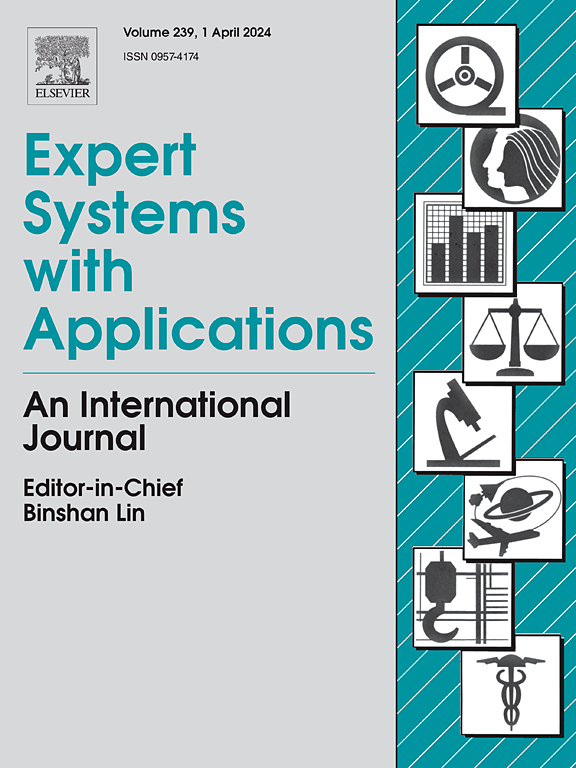多模态多尺度多级融合象限熵的机械故障诊断
IF 7.5
1区 计算机科学
Q1 COMPUTER SCIENCE, ARTIFICIAL INTELLIGENCE
引用次数: 0
摘要
与单传感器故障诊断模型相比,多传感器信息融合模型利用不同传感器的潜在故障信息进行更精确的故障诊断。然而,大多数融合模型需要大量的训练样本来构建准确的模型。收集这些数据既昂贵又具有挑战性,增加了构建训练模型所需的时间。这些模型通常融合来自多个振动传感器的信息,对多模态信息融合的研究较少,如振动和声学数据的融合。此外,现有模型的通用性较弱,通常需要对不同的诊断任务进行结构和参数调整。为了解决这些问题,本文提出了一种基于有限训练样本的多模态多尺度多层次融合象限熵的高精度高效机械故障诊断模型。提出的MMMFQE理论有效地构建了跨尺度、多层次的多模态信息融合特征图。然后,通过分析融合特征映射的复杂性,提出融合象限熵来准确表征机械状态。对两个工业数据集的分析表明,该模型在每个状态只有5个训练样本的情况下,准确率分别达到100%和99.46%。此外,该模型在精度、效率、少射能力等方面均优于几种先进模型。本文章由计算机程序翻译,如有差异,请以英文原文为准。
Multi-modal multi-scale multi-level fusion quadrant entropy for mechanical fault diagnosis
Compared to single-sensor fault diagnosis models, multi-sensor information fusion models utilize potential fault information from various sensors for more precise fault diagnosis. However, most fusion models require many training samples to construct accurate models. Collecting these data is costly and challenging, increasing the time needed to build the training model. These models typically fuse information from multiple vibration sensors, with limited research on multi-modal information fusion, such as combining vibration and acoustic data. Additionally, the generality of existing models is weak, often requiring structural and parameter adjustments for different diagnostic tasks. To address these challenges, this paper proposes a high-accuracy and high-efficiency mechanical fault diagnosis model based on the multi-modal multi-scale multi-level fusion quadrant entropy (MMMFQE) using limited training samples. The proposed MMMFQE theory effectively constructs multi-modal information fusion feature maps across multiple scales and levels. The fusion quadrant entropy is then proposed to accurately characterize the mechanical states by analyzing the complexities of fusion feature maps. Analysis of two industrial datasets shows that the proposed model achieves 100% and 99.46% accuracy with only five training samples per state. Moreover, the accuracy, efficiency, and few-shot ability of the proposed model surpass those of several advanced models.
求助全文
通过发布文献求助,成功后即可免费获取论文全文。
去求助
来源期刊

Expert Systems with Applications
工程技术-工程:电子与电气
CiteScore
13.80
自引率
10.60%
发文量
2045
审稿时长
8.7 months
期刊介绍:
Expert Systems With Applications is an international journal dedicated to the exchange of information on expert and intelligent systems used globally in industry, government, and universities. The journal emphasizes original papers covering the design, development, testing, implementation, and management of these systems, offering practical guidelines. It spans various sectors such as finance, engineering, marketing, law, project management, information management, medicine, and more. The journal also welcomes papers on multi-agent systems, knowledge management, neural networks, knowledge discovery, data mining, and other related areas, excluding applications to military/defense systems.
 求助内容:
求助内容: 应助结果提醒方式:
应助结果提醒方式:


